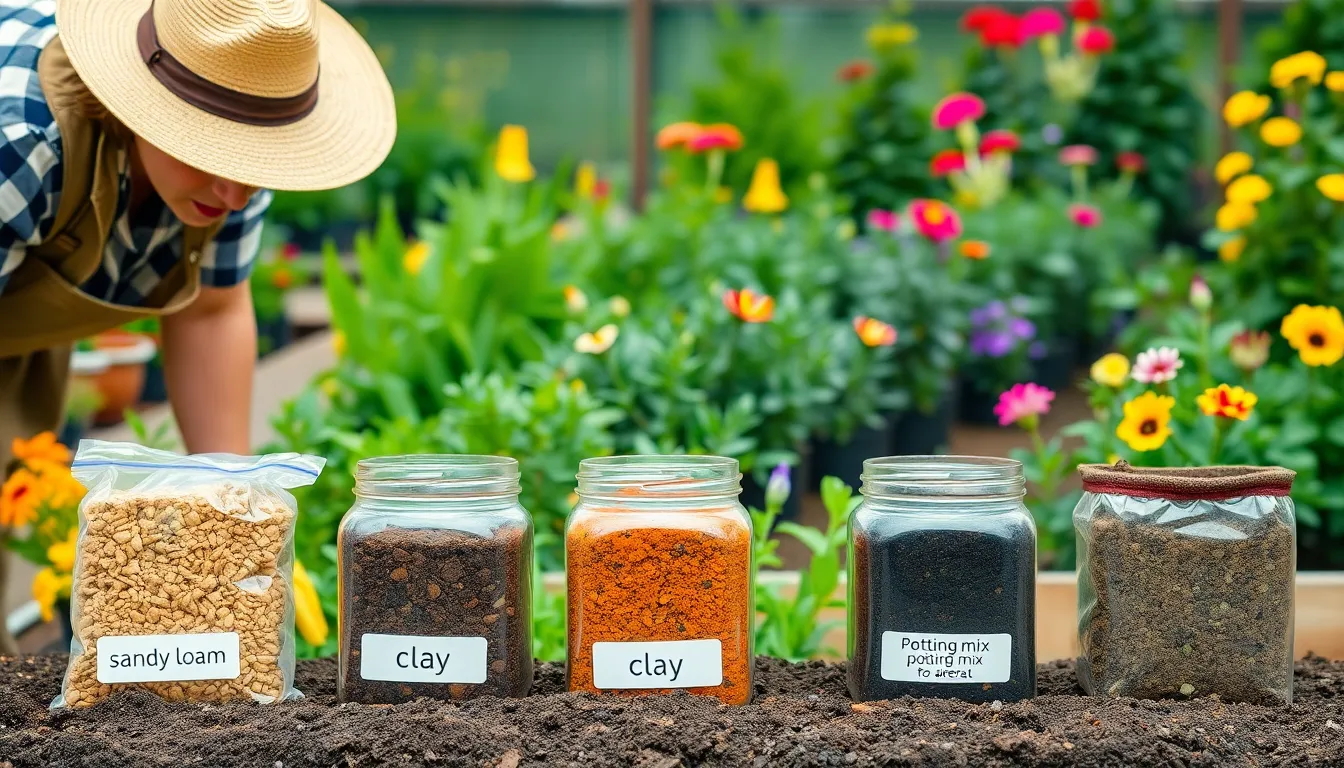Imagine the thrill of watching your garden come to life, each plant thriving and bursting with color. Whether you’re just planting your first seeds or have years of experience under your belt, one crucial element can either make or break your gardening success: the soil. Often overlooked, the type of soil you choose is the foundation upon which all your gardening dreams are built. By understanding the common pitfalls in selecting garden soil, you can ensure your plants get the healthy start they deserve.
For newcomers to the gardening world, the variety of soil options can be as bewildering as it is exciting. It’s easy to make choices that might not serve your plants well, leading to frustration and disappointment. Even seasoned gardeners can fall into the trap of sticking with familiar soil types without considering the specific needs of new plant varieties. By exploring the intricacies of soil selection, you’ll learn how to match your soil to your garden’s unique needs, paving the way for lush growth and vibrant blooms.
In this article, we’ll delve into the most common mistakes gardeners make when it comes to choosing garden soil, and how to avoid them. We’ll discuss the importance of understanding soil composition and how it affects plant health. You’ll also discover practical tips and actionable advice to enhance your soil selection process, ensuring your garden thrives in every season. Let’s embark on this journey together, and transform your garden into a flourishing haven.
Ignoring Soil pH Levels
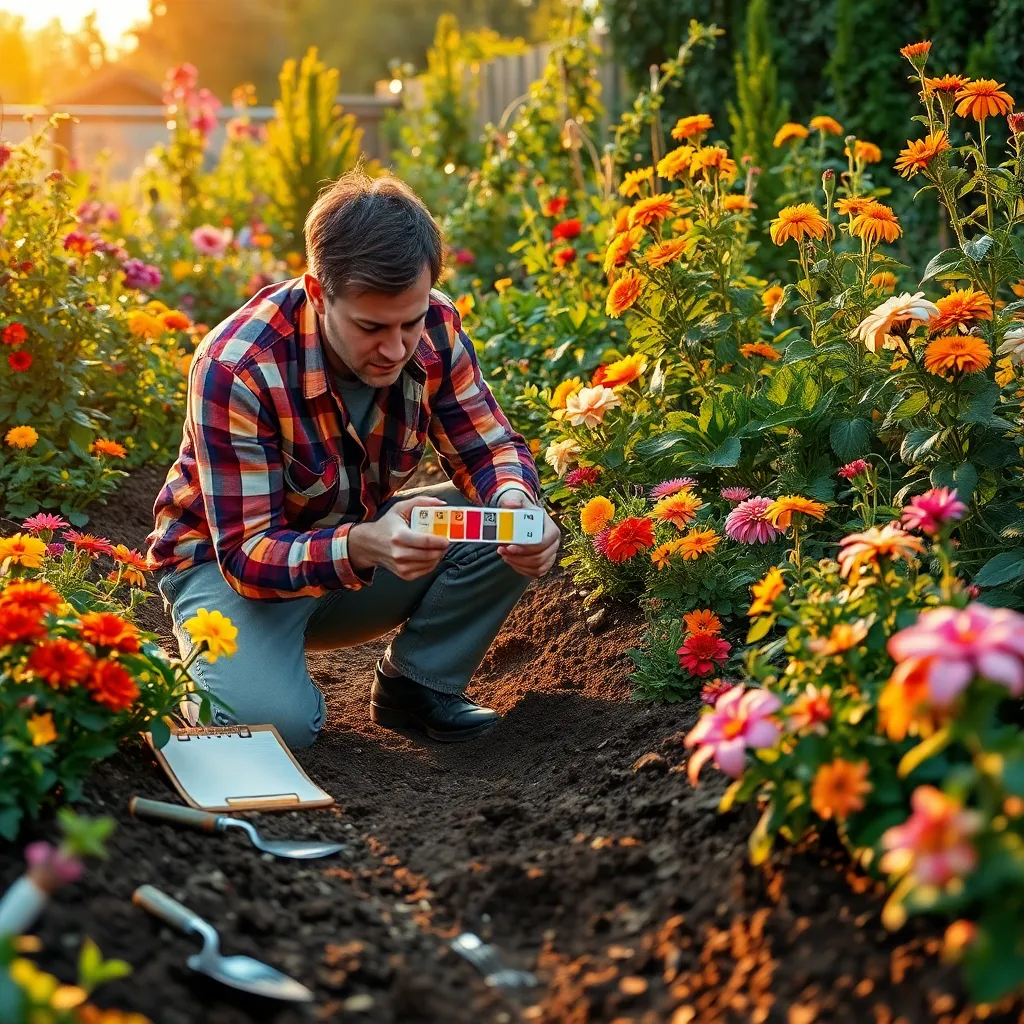
Understanding the importance of soil pH is crucial for successful gardening. Ignoring soil pH levels can lead to poor plant growth and nutrient deficiencies, as certain nutrients become unavailable to plants at inappropriate pH levels.
To determine the pH of your soil, invest in a simple soil pH test kit available at most garden centers. This small step can help you tailor your soil amendments, ensuring that your plants thrive in the right conditions.
For beginners, knowing that most garden plants prefer a pH range of 6.0 to 7.5 can be a good starting point. Adjustments can be made by adding lime to raise pH or sulfur to lower it, depending on your soil’s needs.
Advanced gardeners might experiment with specific soil amendments to suit particular plants, such as blueberries, which thrive in more acidic soil. Regularly monitoring and adjusting soil pH will keep your plants healthy and productive, providing an optimal environment for growth.
Overlooking Soil Drainage Needs
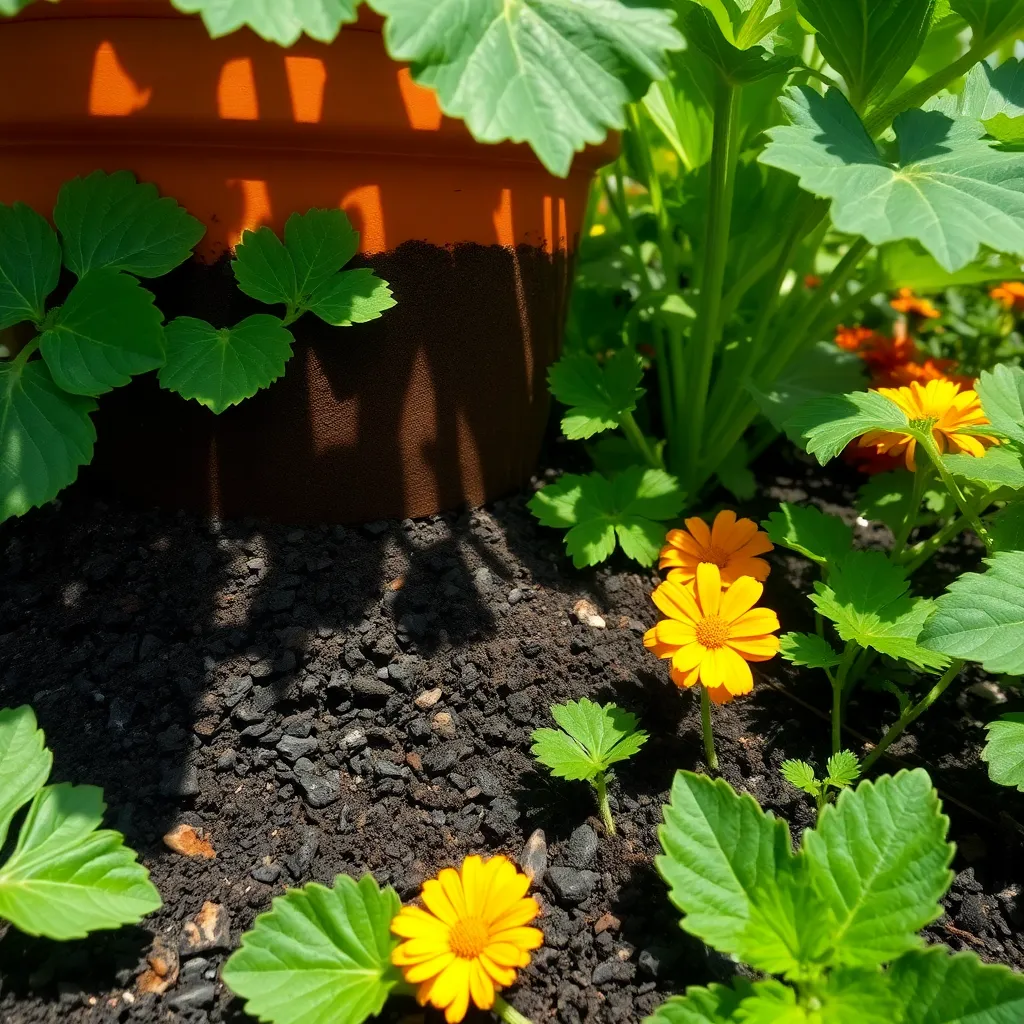
Soil drainage is a critical component of successful gardening, yet it’s often overlooked by gardeners. Good drainage ensures that plant roots receive the right balance of air and water, preventing issues like root rot and stunted growth.
For beginner gardeners, understanding how well your soil drains can be as simple as conducting a basic drainage test. Dig a hole about 12 inches deep and fill it with water; if the water drains within 24 hours, your soil has good drainage.
Choosing the right soil type can greatly influence drainage. Sandy soils typically offer excellent drainage but may require more frequent watering, whereas clay soils hold water longer and might need amendments like organic matter to improve their drainage.
Experienced gardeners may consider installing raised beds to enhance drainage, especially in areas with heavy clay soil. Raised beds allow for better control over soil composition and are particularly useful for plants that require well-drained soil conditions, such as lavender or succulents.
Using Unamended Heavy Clay
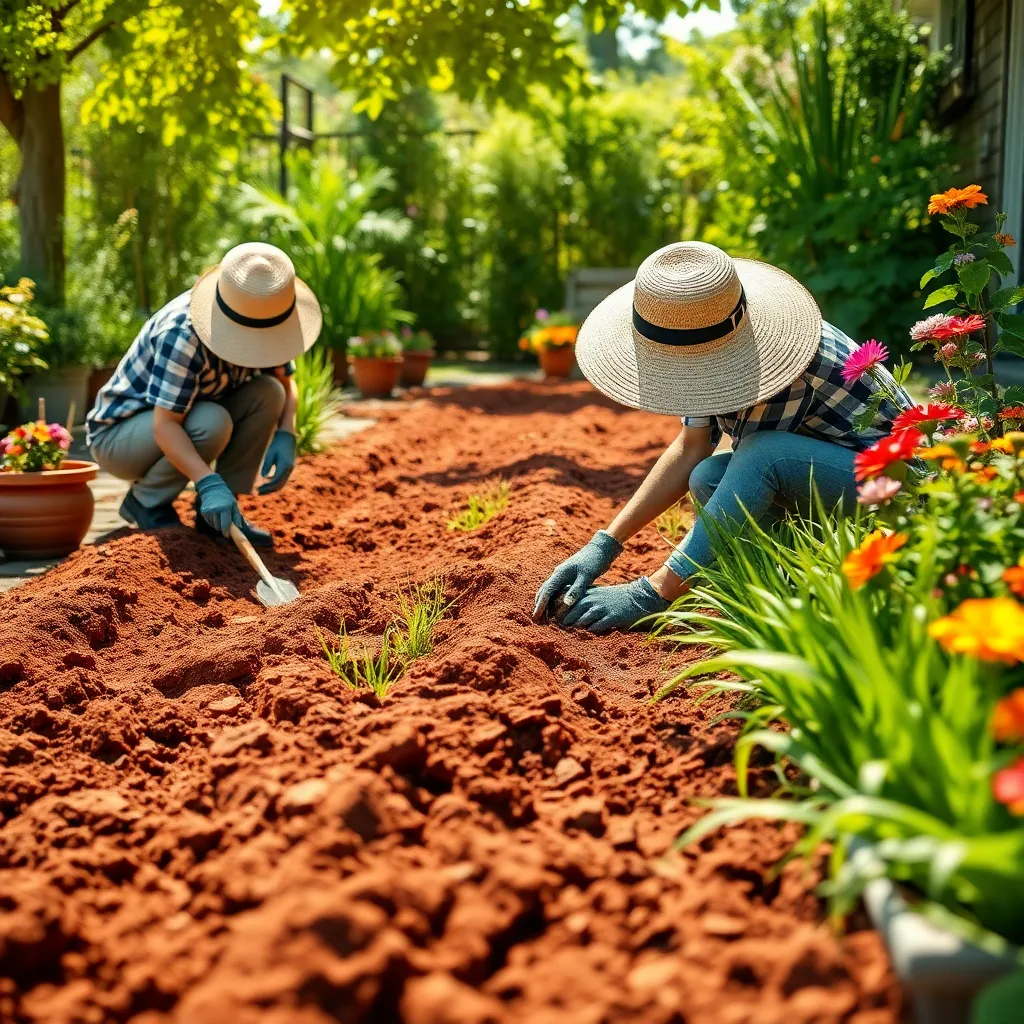
Using unamended heavy clay in your garden can be both a blessing and a challenge. While it retains moisture well, it can also lead to poor drainage and root rot if not managed properly.
To work with heavy clay effectively, consider planting species that thrive in such conditions. Plants like daylilies, asters, and rudbeckia are excellent choices, as they can handle the dense soil structure.
Improving the soil’s texture can be achieved by incorporating organic matter, but if you choose not to amend it, regular aeration is crucial. Use a garden fork or aerator to puncture the soil, allowing air and water to penetrate deeper.
For those looking to enhance their garden’s health, mulching is an essential practice. Apply a thick layer of organic mulch, such as shredded leaves or bark, to help retain moisture and regulate soil temperature.
Finally, be mindful of your watering habits with heavy clay. Water deeply but less frequently to encourage deep root growth and avoid waterlogged conditions.
Choosing Nutrient-Poor Soil
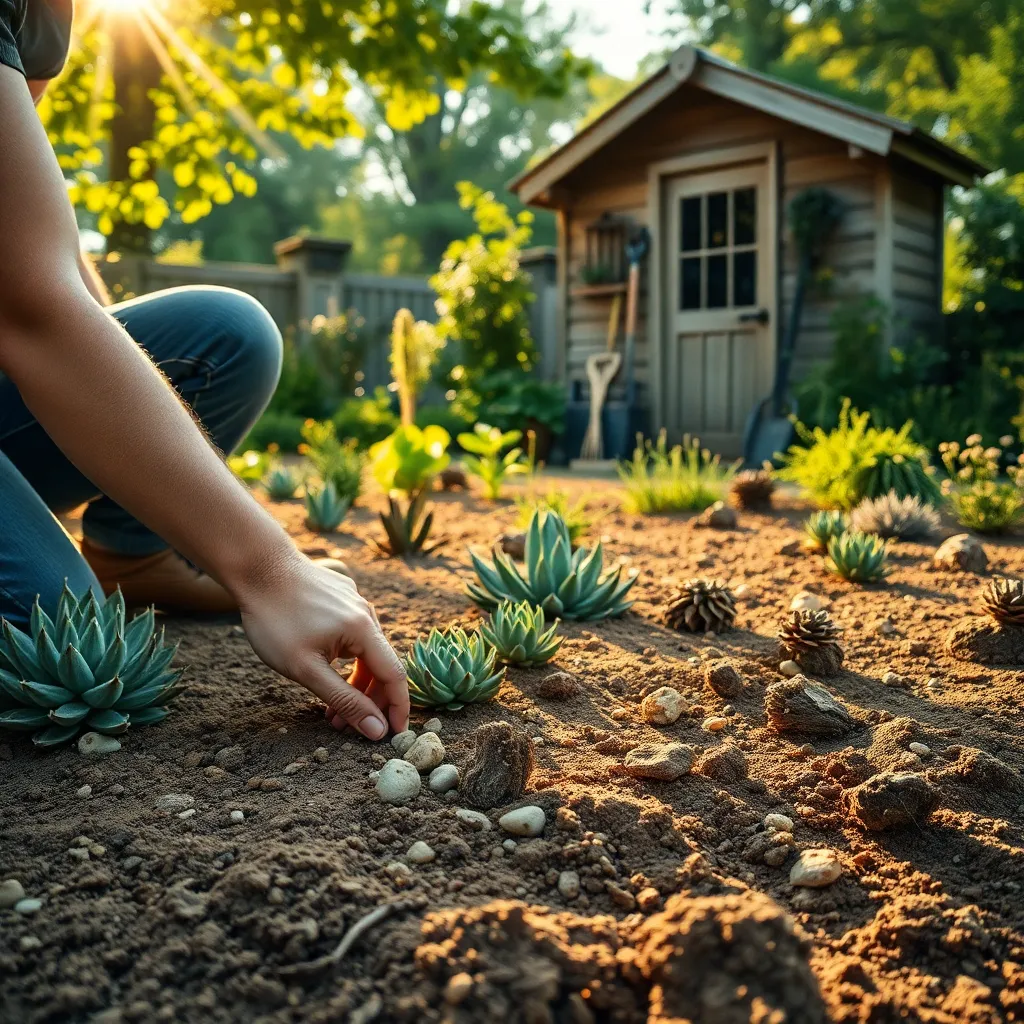
Choosing soil for your garden is a crucial step, and one common mistake is selecting nutrient-poor soil. While some plants can thrive in less fertile environments, most will struggle to grow and produce effectively without essential nutrients.
It’s important to recognize that nutrient-poor soil often lacks the necessary organic matter to support healthy plant growth. To amend this, consider adding compost or well-rotted manure, which can significantly enhance the soil’s fertility and structure.
For gardeners looking to grow nutrient-demanding plants like tomatoes or roses, soil enrichment is vital. You can achieve this by incorporating slow-release fertilizers or planting cover crops that naturally add nutrients back into the soil when tilled under.
Beginners should test their soil before planting to determine its nutrient content. A simple soil test kit can provide you with essential information, allowing you to tailor your soil amendment strategy effectively.
Selecting Incompatible Soil Types
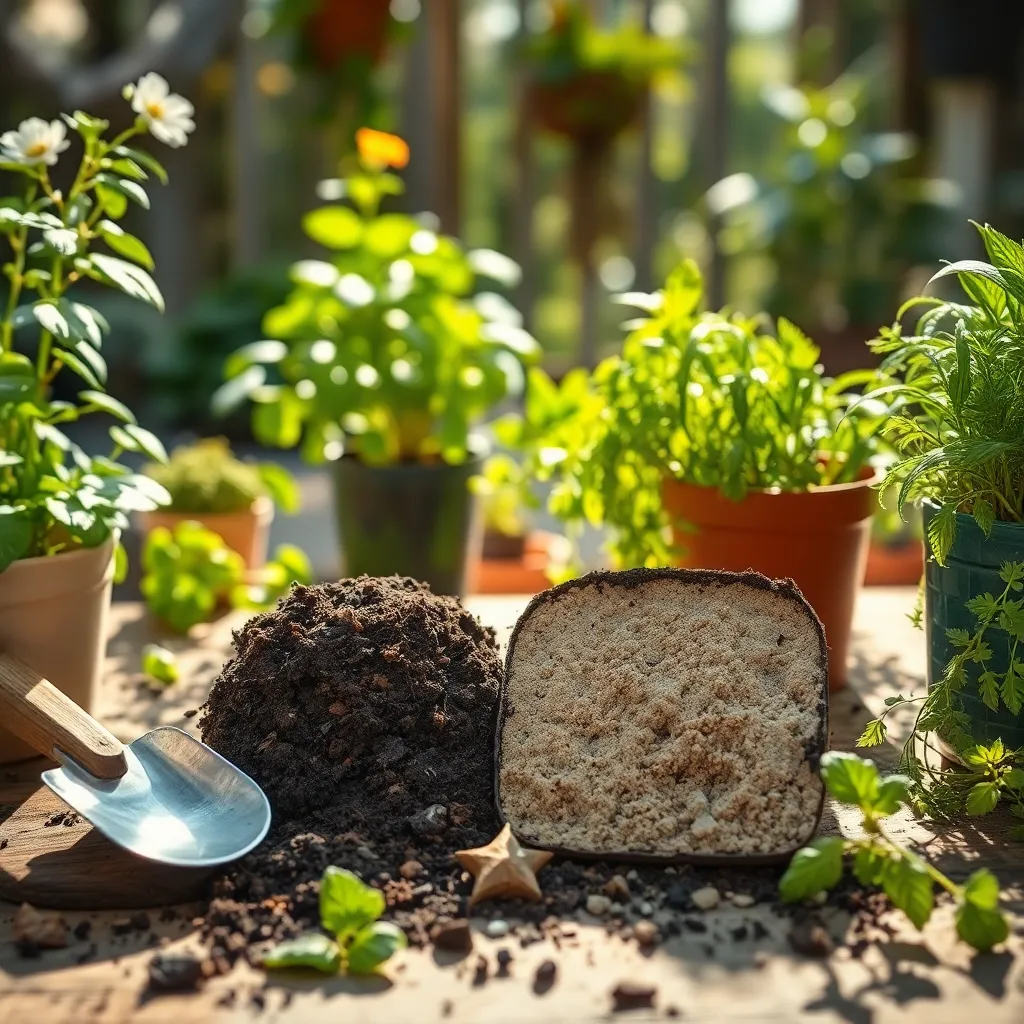
One common gardening mistake is selecting soil types that are incompatible with the plants you wish to grow. Different plants have specific requirements, and it’s crucial to match the soil type to these needs for optimal growth. For example, plants like cacti and succulents thrive in sandy, well-draining soils, while vegetables such as carrots and radishes prefer loamy soil with good moisture retention. Understanding these preferences can help you avoid the pitfall of poor plant health due to unsuitable soil.
It is essential to consider the soil’s pH level, as this can significantly impact plant growth. Most garden plants prefer a slightly acidic to neutral pH (around 6.0 to 7.0), but some, like blueberries, thrive in more acidic conditions. Testing your soil’s pH with an inexpensive kit from a garden center can provide valuable insights into its compatibility with your plants. By adjusting soil pH with amendments like lime or sulfur, you can create an environment that supports healthy plant development.
Another factor to consider is the soil’s texture, which affects water retention and root penetration. Clay soil, for instance, holds water well but can become compacted, making it difficult for roots to spread. To improve clay soil, incorporate organic matter such as compost or peat moss, which enhances drainage and aeration. Conversely, sandy soil drains quickly but may require the addition of organic matter to improve its water-holding capacity.
For advanced gardeners, understanding the micro-environments within your garden can further enhance plant growth. Raised beds, for instance, can be filled with tailored soil mixes that meet specific plant needs, offering better control over soil conditions. Experimenting with different soil amendments can also provide insights into what works best for your unique garden situation, ensuring a thriving plant ecosystem.
Conclusion: Growing Success with These Plants
In navigating the landscape of relationships, much like choosing the right garden soil, it’s essential to avoid common pitfalls that can hinder growth and harmony. We’ve explored five key concepts: understanding the unique needs of your partner, ensuring balance and compatibility, communicating openly about expectations, maintaining healthy boundaries, and nurturing the relationship regularly to prevent stagnation. Each of these elements forms the fertile ground necessary for a thriving, long-lasting partnership.
As an immediate next step, take a moment today to assess one area in your relationship where you feel improvement is needed. Initiate an open conversation with your partner about it, and together, create a small action plan to address this aspect.
Remember, relationships are dynamic and require ongoing attention and effort. To keep these insights at your fingertips, bookmark this article now—let it serve as a handy guide whenever you need to recalibrate and enrich your partnership. As you apply these principles, look forward to a future where your relationship blossoms with understanding and joy. Empowered with this knowledge, you are well on your way to cultivating a deeply satisfying connection.

